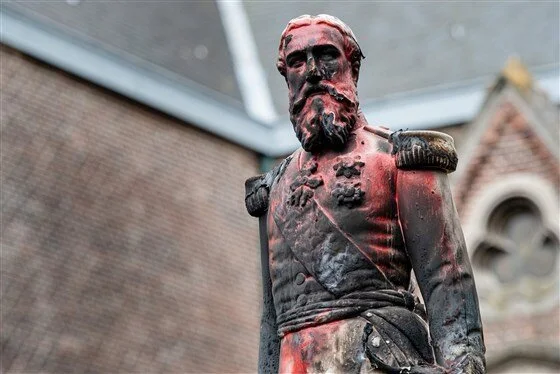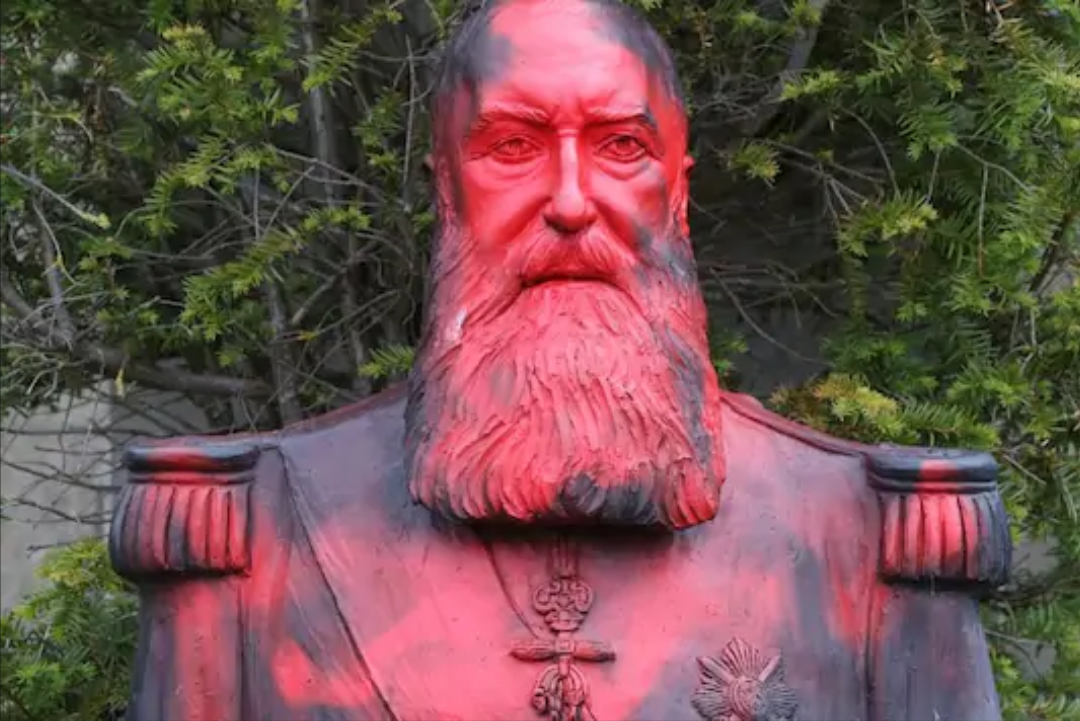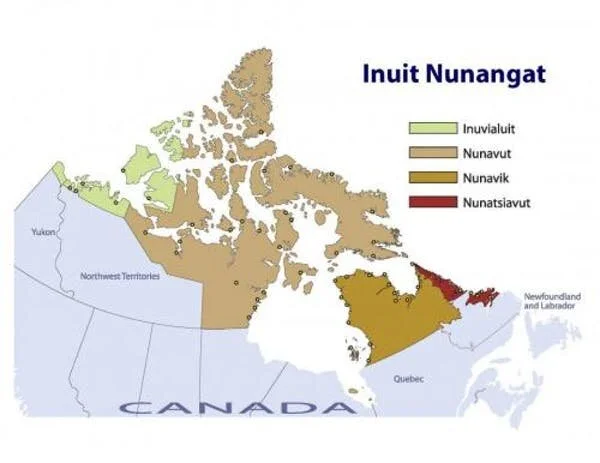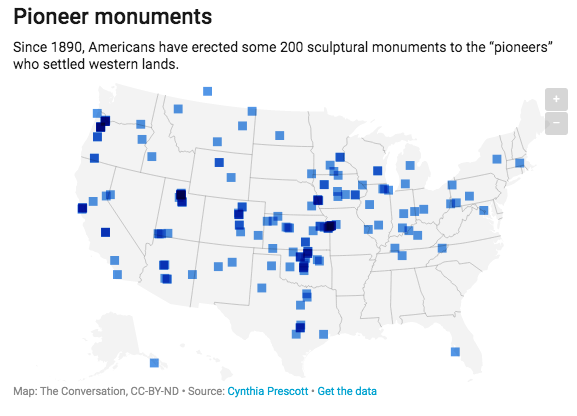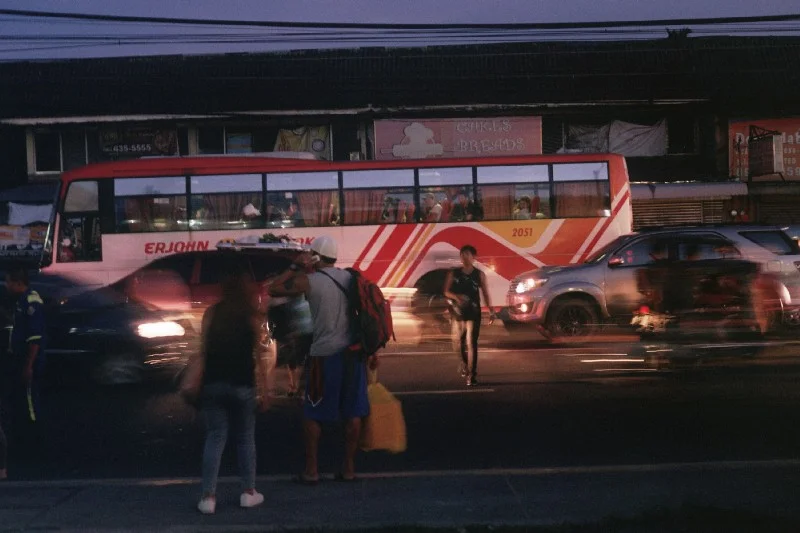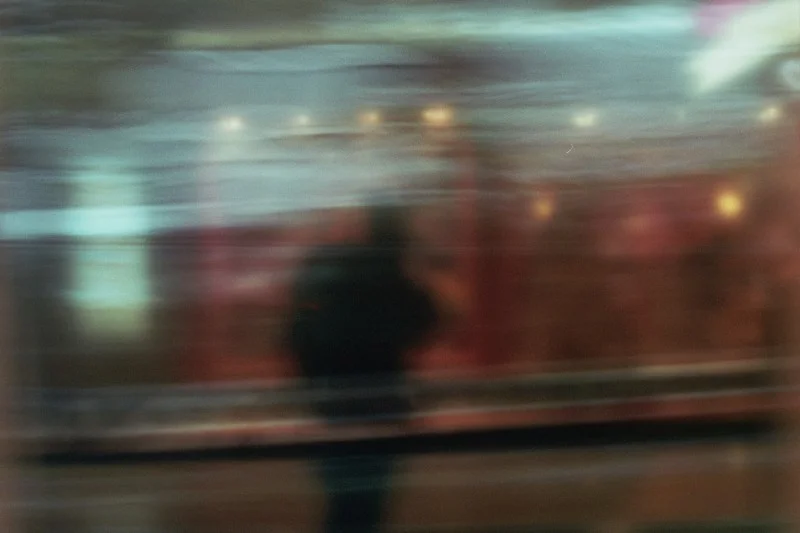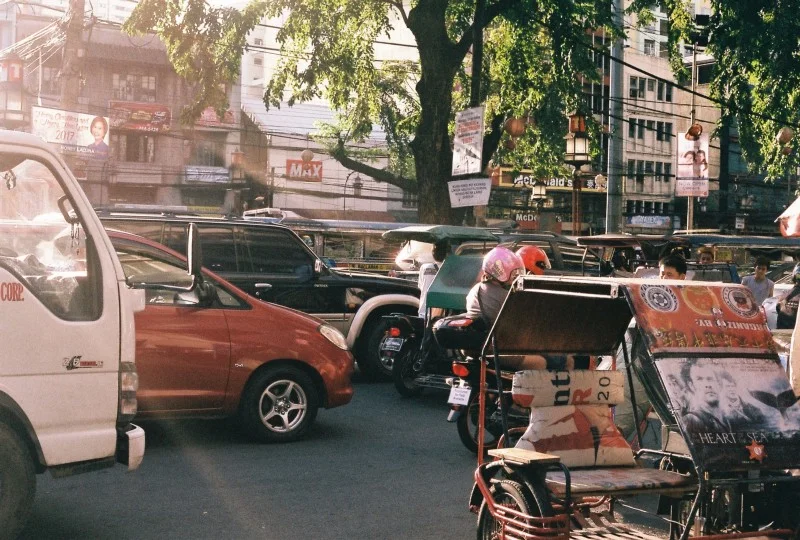It was only my second day in the Philippines and my Couchsurfing host invited me to watch a basketball game that he was playing in. Granted, the Philippines was a completely new country to me. I never thought that 2017 would bring me to Southeast Asia, but it has. In the Philippines, the heat makes you sweat relentlessly and you have to take numerous showers a day. Stray dogs and cats search for food in the streets, and trees are a beautiful invasion in the cities I’ve visited thus far. So much of it reminds me of my childhood visits to see family in Jamaica.
I head to the game around six pm and sit with my Couchsurfing host’s friend. It is only day two, but I’ve already become accustomed to one thing here. People stare at me. A lot. I know it’s because I’m black and traveling. The questions are always the same when I meet a new person here.
Do you play basketball? Do you know Lebron James? Is your father tall, just like you? Do you have a girlfriend?
Although traveling is about leaving your comfort zone, there is something to be said about how the identities that we are given in this world will affect us when abroad. I would never wish that I were white so that I could travel and feel more comfortable in this sense. I simply wish my representation in the media wasn’t controlled by people like who me and not white CEO’s.
The game starts and I notice little children gathering near me. They stare, whisper to one another and giggle before running away. After a few minutes, one little boy comes up to me and smiles.
“What’s your name?” he shouts.
I smile and tell him, “My name is Ryant. How old are you?”
He holds up seven fingers and then runs off. His friends greet him with an explosion of laughter. I am sure he will get the award for Bravest Boy in the Neighborhood later. Soon all of the kids are surrounding me, climbing onto my lap and asking questions. I’m invigorated by all of the energy, but I can’t help, but feel like a weird toy that one of them found and can’t wait to show off. More questions are fired off, an auction of how much information I can spit out. Then it happens.
“You’re a n----!”
My Couchsurfing host’s friend is sitting nearby and doesn’t bat any eyelash. On the outside, I nod awkwardly, but on the inside, I don’t quite know what to think. Since starting and graduating college, I’ve filled my mind with the words of many famous black freedom fighters. Angela Davis, a famous black activist born in Birmingham, Alabama in 1944 and who later faced an unfair trial for crimes she didn’t commit, wrote about the children she met while in Cuba:
Despite the language barrier, the children accepted us as members of the family. They helped me with my Spanish lessons each day. I was extremely embarrassed that I had not learned a little Spanish before the trip, for it is an affront to a people to visit them before having attempted to learn their language. Because I spoke Spanish so poorly, never having studied it, I felt less inhibited with the children. They were patient, corrected me and helped me find words when no dictionary was available.
It was a sad day indeed when we had to pack up our things and board the bus, ready to move on to the next stage of our journey. All of us cried — men and women alike, in our delegation as well as on the Cuban side. The hardest part for me was saying good-bye to the children. A young boy of about nine or ten, who had always been the toughest one of his group, seemed reluctant to come up and say good-bye. I thought that it was his natural shyness. Just before I got into the bus, I went over to him and gave him a kiss on the cheek. He tore away from me and ran as fast as he could. But once in the bus, I saw him standing behind a tree, trying to conceal himself as his body shook with sobs. The tears that had been flooding my own eyes slid down my face.
I think of her often when I can’t immediately find the words to respond to an ignorant comment from an acquaintance or when I need a push to live out my ideals for social justice. I’m looking at the faces of these cute Filipino kids and wondering how I can possibly unravel to them my life, my pain, and what it takes for a twenty two year old gay, Caribbean American boy to uproot his life and buy a one way ticket to Southeast Asia.
I realize it’s impossible.
“You shouldn’t say that word,” I tell them. “In the United States, it’s very bad.”
Immediately the kids start to frown and look at each other in confusion.
“Why?” the first boy who ran up to me asks.
I tell them the basics. In the United States, black and brown people have been treated badly for a long time. That word was used by white people to make people that look like me feel bad.
“Oh… That word means gangster fighter in Tagalog.” the kid replies.
I laugh as the coach in the game blows the whistle on a foul. The serious part of me doesn’t want to laugh, but I can’t help it. One problem leads to another of a different shade I suppose. I can’t break down racial stereotypes to a group of elementary aged children just yet.
“Teach me some Tagalog.” I request.
They all giggle and teach me phrases. When the game is over, they pull me onto the court and beg me to shoot a basket. Inside I’m rolling my eyes and wishing this wasn’t happening this way, but my heart is still melting. They run around me, teach me how to dribble and all jump in excitement when I shoot a basket after a million tries.
On my walk home, they all ask to add me on Facebook and I am laughing more. I’ve accepted that these moments may be a reality wherever I go, but acceptance does not mean I won’t struggle towards a more loving way of life. Travel opens the eyelids, pumps blood into the heart and fills the body with moments of awe. I felt that awe as those kids stared at me with their curious eyes and interacted with me so openly. I knew that I could strive to do the same in return and attempt to shed light on confusing, yet present truths as well.
Yes, I was called the n-word in the Philippines, but I do not define myself by the rules that society sets for a black person, a traveler, or 22 year old who is just trying make sense of a messy world. Instead, I keep going forward with conviction, sure that I’ll speak up whenever is necessary along the way.

